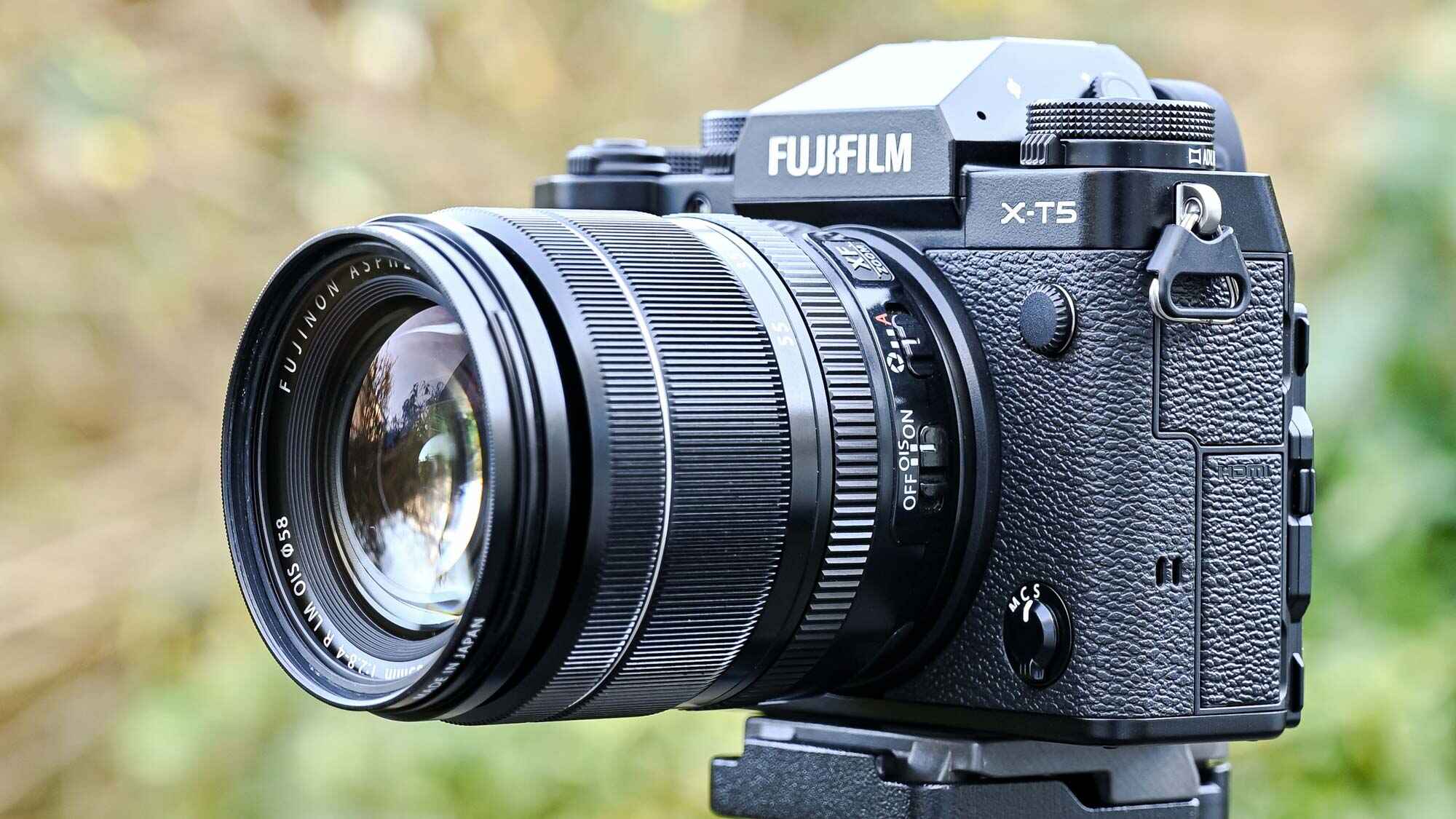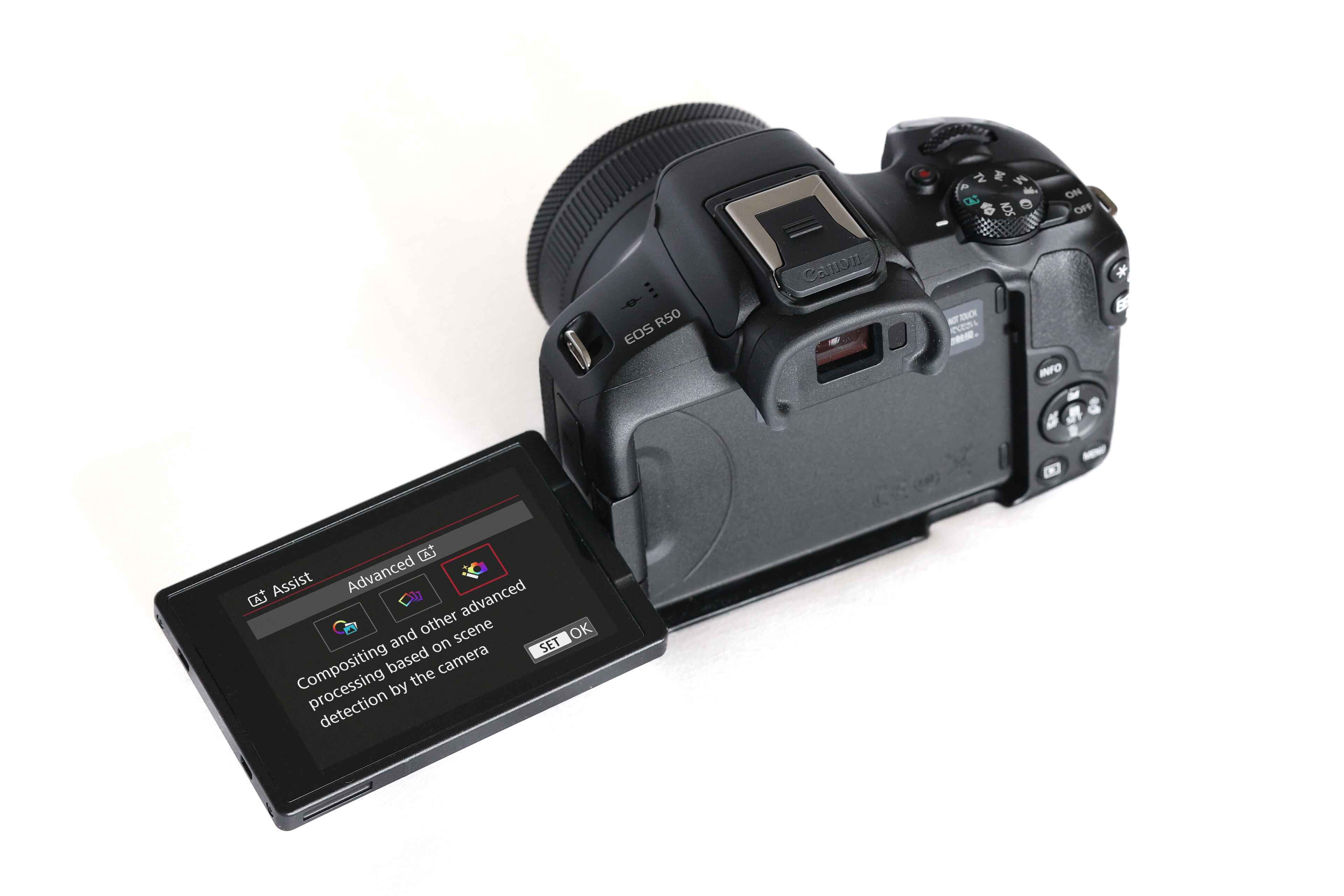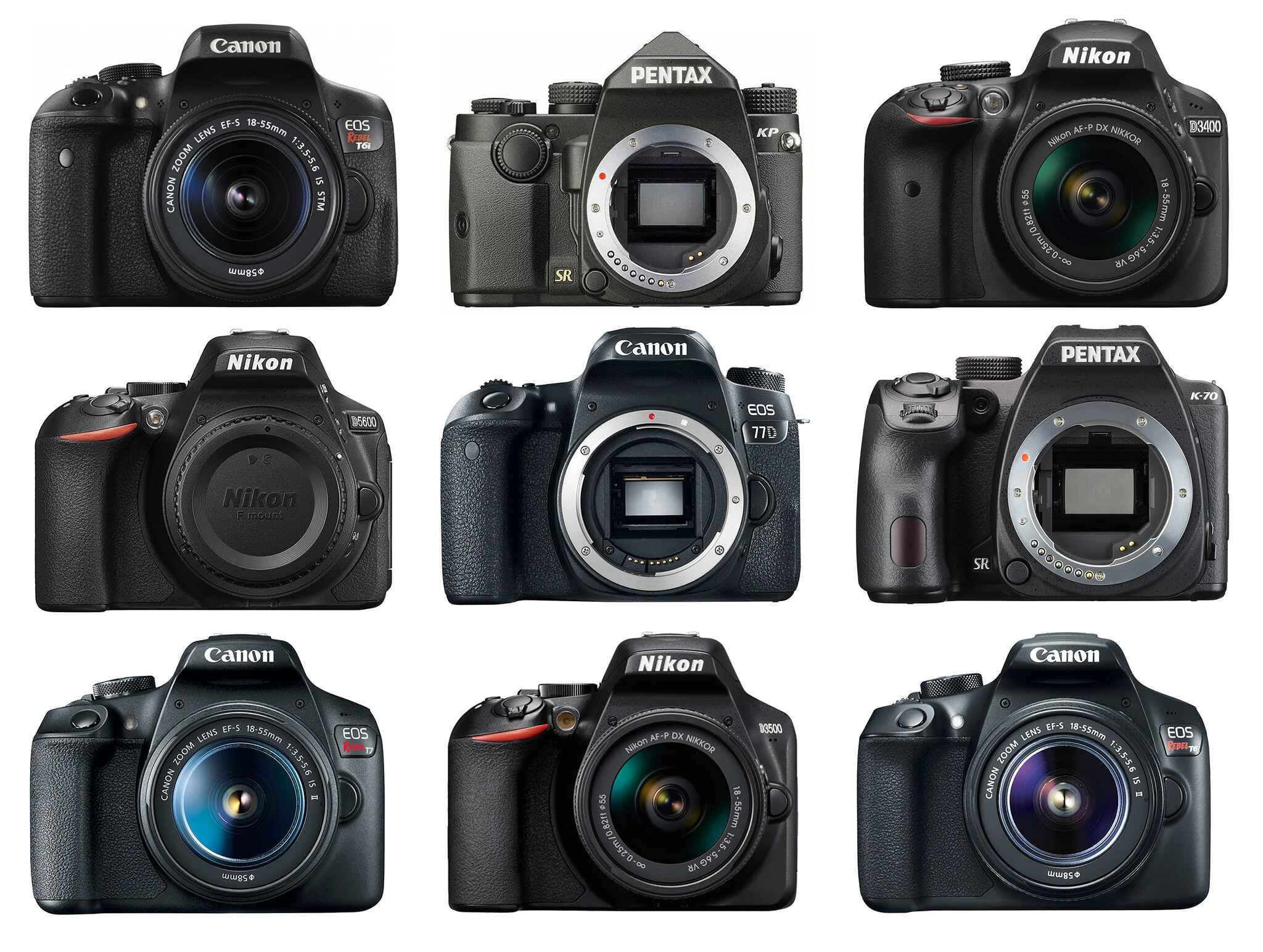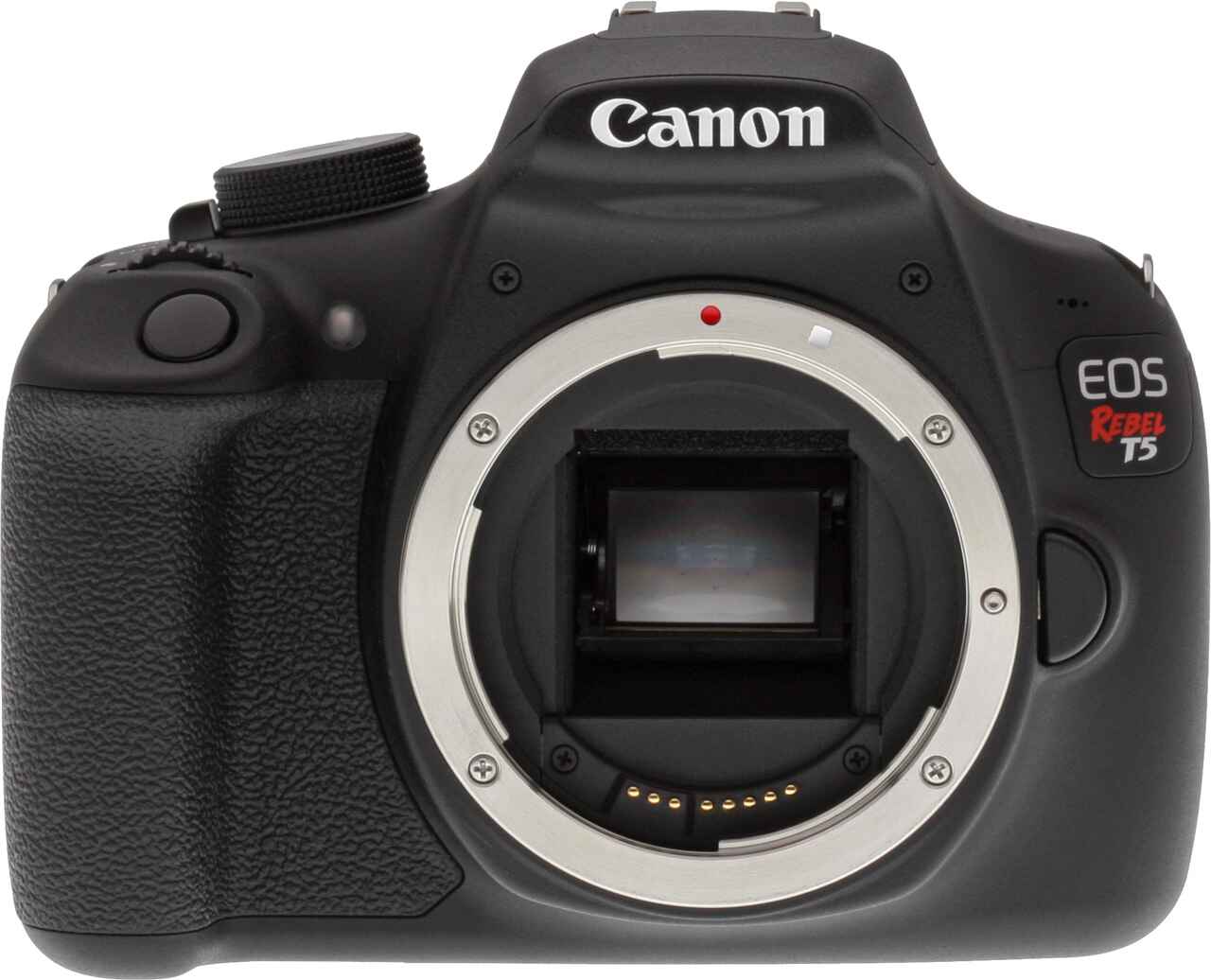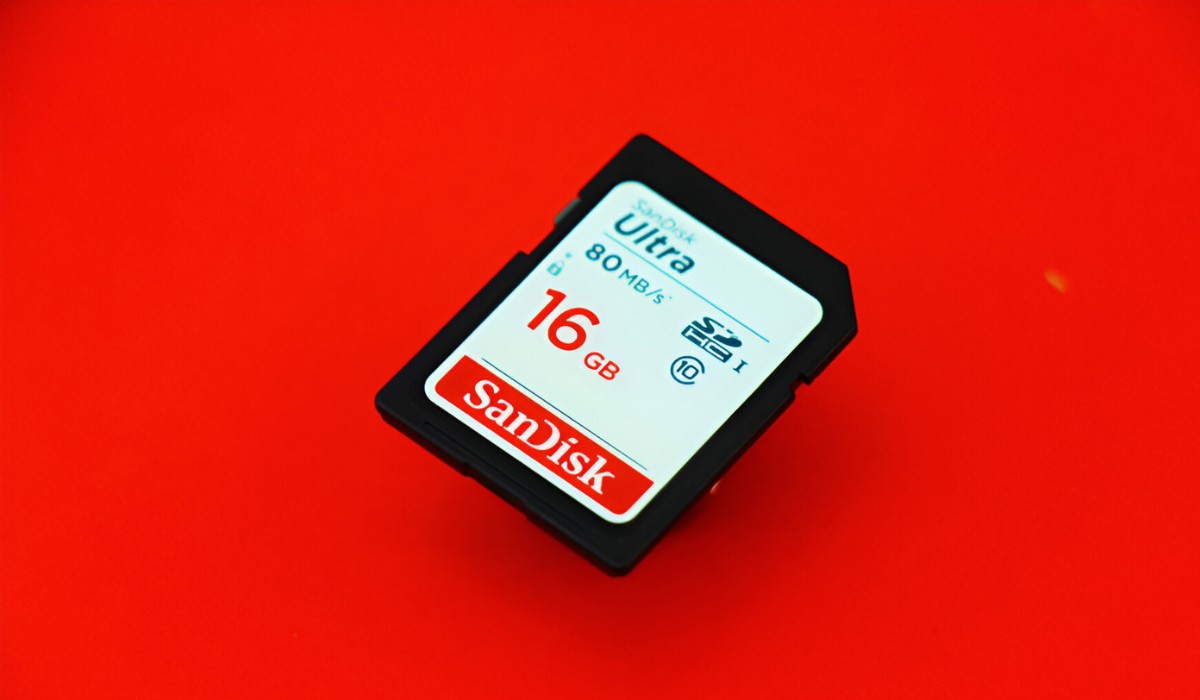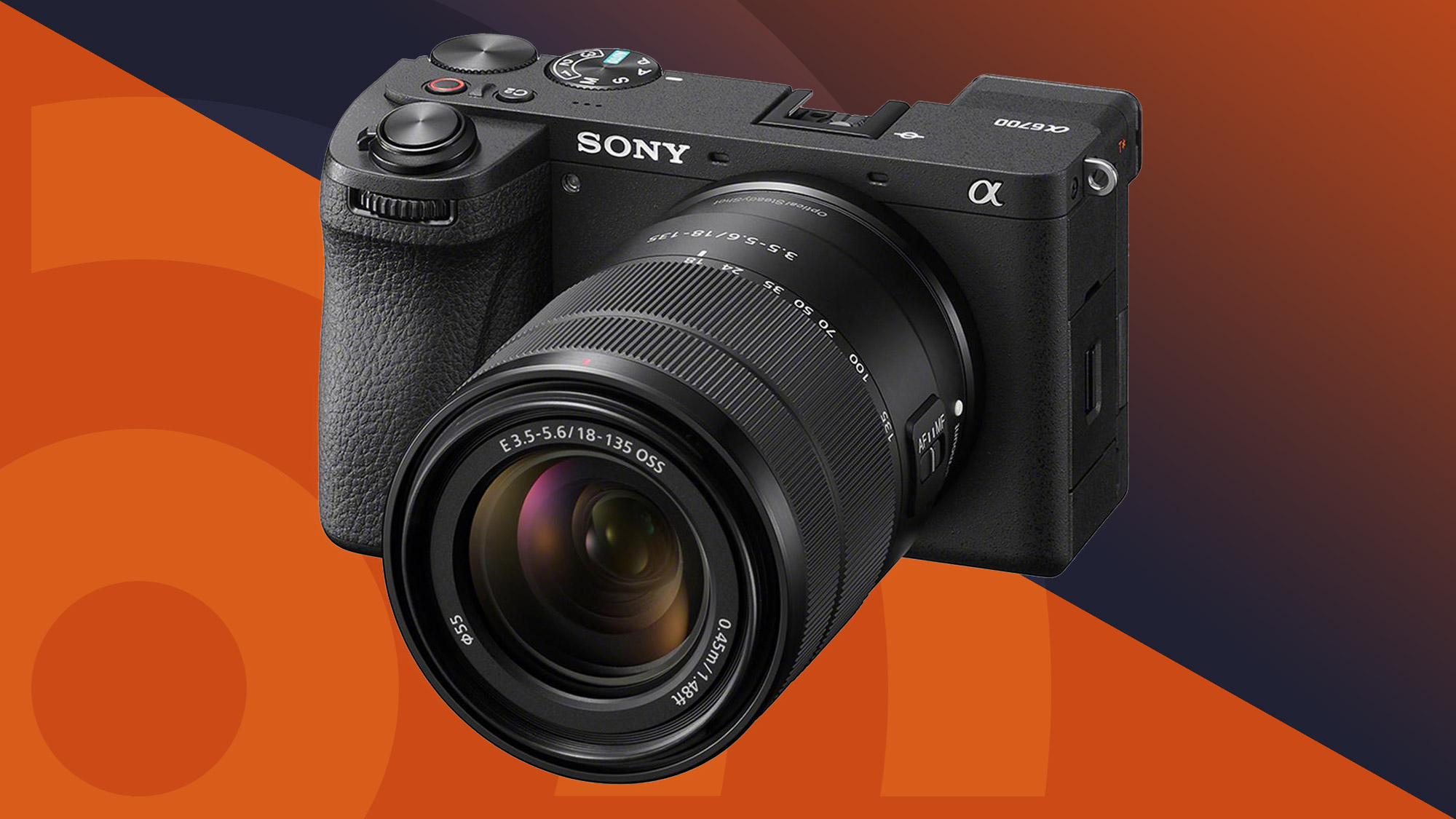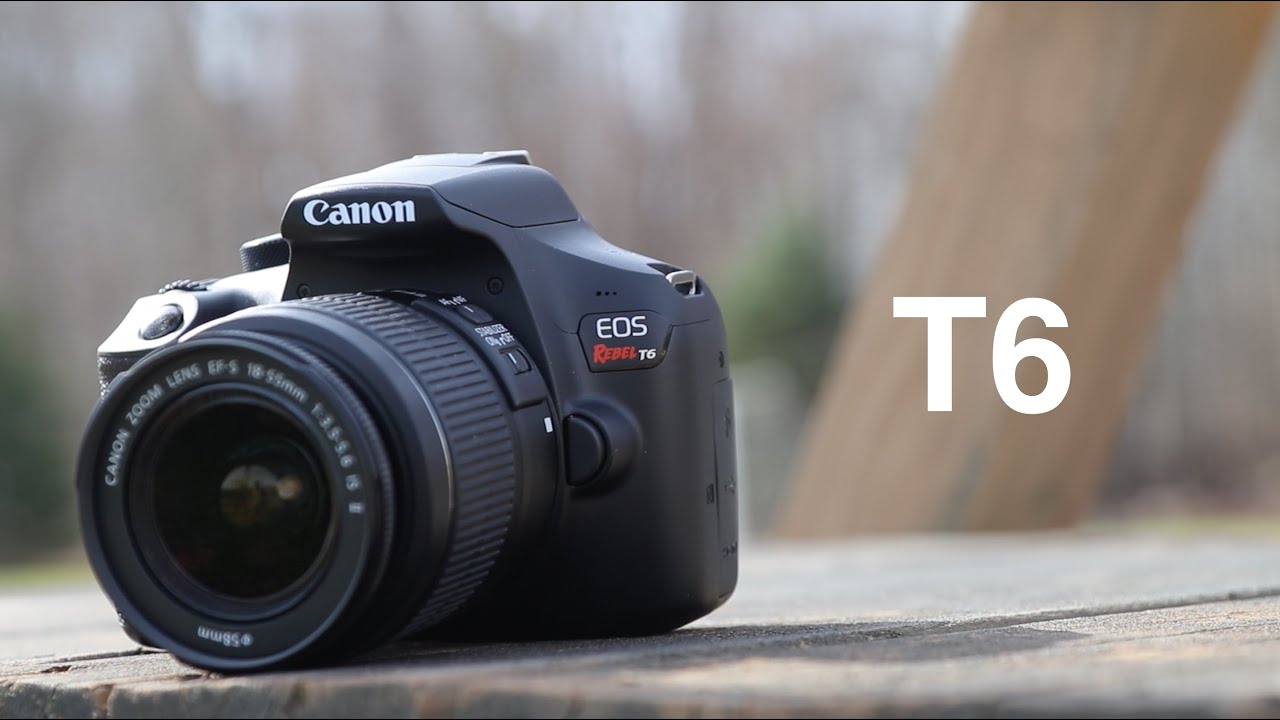Introduction
DSLR cameras have revolutionized the way we capture and preserve moments, offering unparalleled image quality and versatility. As photographers, both amateur and professional, delve into the captivating world of digital photography, the question of storage becomes increasingly significant. Understanding how many photos can be stored on a gigabyte (GB) of memory is essential for planning photo shoots, managing storage, and maximizing the potential of these powerful devices.
In this article, we will explore the factors that influence the number of photos that can be stored on a GB of memory in a DSLR camera. By delving into the intricacies of file sizes, image formats, and storage capacities, we aim to provide a comprehensive understanding of this crucial aspect of digital photography. Through practical examples and calculations, we will shed light on the relationship between file size and storage, empowering photographers to make informed decisions about their shooting practices and storage solutions. Additionally, we will offer valuable tips for optimizing storage space and maximizing the number of photos that can be stored on a GB of memory.
Whether you are a photography enthusiast seeking to capture breathtaking landscapes or a professional photographer documenting life’s precious moments, the knowledge of how many photos can be stored on a GB of memory is indispensable. Join us as we embark on this enlightening journey to unravel the mysteries of digital photo storage in DSLR cameras.
Understanding File Sizes and Storage
Before delving into the specifics of how many photos can be stored on a GB of memory, it is crucial to comprehend the relationship between file sizes and storage capacities. In the realm of digital photography, file sizes play a pivotal role in determining the number of photos that can be accommodated within a given storage space.
File sizes are influenced by various factors, including the resolution, compression, and file format of the images. Higher resolution images, such as those captured in RAW format, tend to have larger file sizes due to the abundance of detail and color information they encompass. Conversely, images captured in JPEG format with lower compression ratios result in smaller file sizes, albeit with some loss of detail.
When it comes to storage, the capacity of a memory card or hard drive is typically measured in gigabytes (GB) or terabytes (TB). Understanding these units of measurement is essential for gauging the amount of data that can be stored. For instance, a 32GB memory card has a storage capacity of 32 gigabytes, which can accommodate a certain number of photos based on their individual file sizes.
Furthermore, it is important to consider the overhead associated with file storage. In digital photography, the actual usable storage space is slightly less than the advertised capacity of the memory card or hard drive, as a portion of the space is allocated for file system structures and metadata. This overhead should be taken into account when estimating the number of photos that can be stored on a GB of memory.
By grasping the intricacies of file sizes and storage capacities, photographers can make informed decisions regarding the selection of memory cards and the management of their digital assets. With this foundational understanding, we can now explore the factors that influence the number of photos that can be stored on a GB of memory in a DSLR camera.
Factors Affecting Number of Photos per GB
Several factors influence the number of photos that can be stored on a gigabyte (GB) of memory in a DSLR camera. Understanding these factors is essential for photographers to effectively manage their storage and optimize their shooting practices.
- File Format: The file format in which images are captured significantly impacts the number of photos that can be stored on a GB of memory. RAW files, known for their high-quality and uncompressed nature, consume more storage space compared to JPEG files, which are smaller due to compression. Therefore, a GB of memory can accommodate fewer RAW images than JPEG images.
- Resolution: The resolution of the images, typically measured in megapixels, plays a crucial role in determining file sizes. Higher resolution images contain more detail and thus result in larger file sizes, reducing the number of photos that can be stored on a GB of memory. Lower resolution images, on the other hand, consume less space and allow for more photos to be stored.
- Compression: The level of compression applied to image files directly impacts their sizes. Images with higher compression ratios result in smaller file sizes, enabling more photos to be stored on a GB of memory. However, high compression may lead to a loss of image quality, which is an important consideration for photographers.
- Bit Depth: The bit depth of an image, often 8-bit or 16-bit, influences file sizes. Deeper bit depths, such as 16-bit, store more color information and result in larger file sizes compared to 8-bit images. As a result, a GB of memory can store fewer 16-bit images than 8-bit images.
- Image Content: The complexity of the images being captured also affects file sizes. Images with intricate details, rich colors, and high contrast consume more storage space than simpler, monochromatic images. Photographers should consider the content of their images when estimating the number of photos that can be stored on a GB of memory.
By taking these factors into account, photographers can make informed decisions about the file formats, resolutions, and compression settings they employ, thereby optimizing the number of photos that can be stored on a GB of memory. Next, we will delve into practical calculations and examples to illustrate the relationship between these factors and storage capacities in DSLR cameras.
Calculation and Examples
Let’s explore the practical application of the factors discussed earlier by calculating the approximate number of photos that can be stored on a gigabyte (GB) of memory in a DSLR camera. For the purpose of illustration, we will consider a hypothetical scenario using common file formats and resolutions.
Assuming a 16-megapixel camera capturing images in RAW format, each image may have a file size of approximately 25 megabytes (MB). With a 32GB memory card, the calculation for the number of photos that can be stored is as follows:
32GB (32,000MB) ÷ 25MB per photo ≈ 1,280 photos
Conversely, if the same camera captures images in JPEG format with a moderate compression ratio, resulting in an average file size of 5MB per photo, the calculation changes:
32GB (32,000MB) ÷ 5MB per photo ≈ 6,400 photos
These calculations demonstrate the significant impact of file format and compression on the storage capacity of a GB of memory. By choosing the appropriate file format and adjusting compression settings, photographers can substantially increase the number of photos they can store on a given memory card.
Furthermore, let’s consider a scenario where a 24-megapixel camera captures images in RAW format, resulting in larger file sizes of approximately 40MB per photo. With a 64GB memory card, the calculation unfolds as follows:
64GB (64,000MB) ÷ 40MB per photo ≈ 1,600 photos
These examples underscore the dynamic nature of storage capacities based on file formats, resolutions, and memory card sizes. By carefully evaluating these factors, photographers can make informed decisions to optimize their storage solutions and ensure they capture the desired number of photos during their shoots.
Tips for Maximizing Storage
Photographers can employ several strategies to maximize the storage capacity of their memory cards and hard drives, allowing them to capture more photos without running out of space during critical moments. Here are some valuable tips for optimizing storage:
- Choose the Right File Format: Selecting the appropriate file format is crucial for balancing image quality and storage efficiency. Consider using JPEG for everyday shooting and reserve RAW format for special occasions or professional work where extensive post-processing is anticipated.
- Adjust Compression Settings: Experiment with compression settings to find the optimal balance between file size and image quality. Moderate compression ratios can significantly reduce file sizes without compromising visual integrity.
- Invest in High-Capacity Memory Cards: Upgrade to memory cards with larger capacities to accommodate more photos. Higher capacity cards provide flexibility during extended photo sessions and eliminate the need for frequent card changes.
- Carry Spare Memory Cards: Always have spare memory cards on hand, especially during important shoots or travel assignments. This ensures uninterrupted shooting and prevents missed opportunities due to storage limitations.
- Utilize External Storage Devices: Employ portable hard drives or solid-state drives to offload photos and free up space on memory cards. This approach is particularly beneficial for extended trips or projects requiring extensive photo capture.
- Organize and Delete Unnecessary Files: Regularly review and delete unwanted or duplicate photos to free up storage space. Implement a structured file management system to keep track of valuable images and remove clutter from memory cards and hard drives.
- Monitor Available Storage: Stay vigilant about the remaining storage space on memory cards and hard drives. Being aware of available capacity allows photographers to plan their shooting sessions and manage storage effectively.
By implementing these tips, photographers can optimize their storage solutions and maximize the number of photos that can be stored on a gigabyte (GB) of memory. These practices not only enhance storage efficiency but also contribute to a seamless and uninterrupted photography experience, ensuring that every moment is captured without compromise.
Conclusion
Understanding the dynamics of file sizes, storage capacities, and the factors influencing the number of photos that can be stored on a gigabyte (GB) of memory in a DSLR camera is paramount for photographers striving to optimize their shooting practices and storage solutions. By delving into the intricacies of file formats, resolutions, compression, and other key factors, photographers can make informed decisions to maximize their storage capacity while maintaining the desired level of image quality.
Through practical calculations and examples, it becomes evident that the choice of file format, resolution, and compression settings significantly impacts the number of photos that can be accommodated within a given storage space. This underscores the importance of strategic decision-making when capturing and storing photos, especially in scenarios where storage limitations may impede the capture of crucial moments.
Furthermore, the tips provided for maximizing storage offer actionable strategies for photographers to optimize their storage solutions, ensuring that they can capture a greater number of photos without being hindered by storage constraints. By leveraging the right file formats, adjusting compression settings, investing in high-capacity memory cards, and adopting effective storage management practices, photographers can elevate their photography experience and capture moments with confidence.
In conclusion, the knowledge of how many photos can be stored on a GB of memory empowers photographers to make informed choices, enabling them to focus on their craft without the worry of running out of storage space. As technology continues to advance and storage solutions evolve, the ability to effectively manage and maximize storage capacity remains an essential skill for photographers across all genres. By embracing these principles, photographers can embark on their creative endeavors with the assurance that every moment can be captured and preserved.










